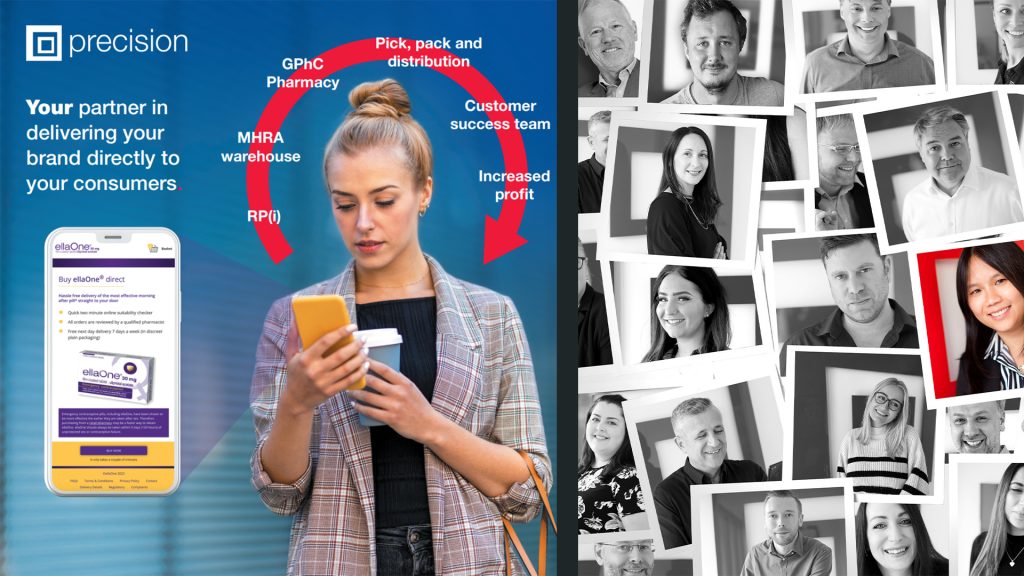
A growing number of organizations build web portals to provide reliable access to information to their customers or employees and promote communication and collaboration between them. According to Verified Market Research, the client portal software market size is expected to grow from $1.67 billion in 2022 to $3.34 billion by 2030.
However, to tap into a web portal’s full capacity, a company needs to engage its audience and encourage further interactions. This guide details six tactics for captivating your users and keeping them coming back to your portal.
1. Simplify the registration process
Unlike traditional websites that can offer browsing in a guest mode, portals usually require user registration. To prevent visitors from abandoning your portal early on, it’s crucial to remove the barriers and ensure a fast and easy registration process.
You can start by reviewing your current registration process and shortening or cutting out unnecessary steps. The fewer steps visitors must make, the more likely they will complete them.
Then, reduce the amount of information users need to provide while registering. You can ask them to fill in only key details like name and contact information in the beginning and prompt them that they can come back to their profile at any time to add the missing pieces.
2. Personalize experiences
According to McKinsey, 71% of consumers expect personalized interactions with companies, and 76% get frustrated when they don’t get them. So, personalizing content, interactions, and services has become a must-have practice for organizations seeking to serve their users better and provide experiences that will resonate with them.
Businesses can personalize portal experiences in various ways. The most common personalization technique involves tailoring content for every authorized user based on their roles, unique needs, or preferences so that everyone sees only relevant information.
To match your portal’s user flow to individual visitors, consider personalizing the navigation by creating shortcuts to their frequently visited pages, such as “bookmarks” or “favorites.” In addition, you can individualize the page layout, adjusting the information on the screen, its color, size, and format.
3. Provide self-service tools
Many users believe that searching for information and resolving issues without contacting support saves time. According to research by Salesforce, 59% of consumers prefer self-service for tackling simple questions or issues.
To cater to this demand for self-service, portals should provide fast, easy-to-use, and direct ways of getting answers and finding solutions. Popular self-service tools include:
- Knowledge base. This is a library containing valuable information and resources related to your product, service, or business that can be presented in any format. Users can browse through articles, search for answers in FAQ lists, find how to troubleshoot issues in step-by-step instructions or learn how to use your product in how-to guides or video demonstrations.
- Discussion forums. With this section of your portal, you can create a collaborative space for your end-users where they can discuss their problems, voice concerns, suggest solutions, and get peer-to-peer support.
- Chatbots. You can set up rule-based chatbots as an alternative to the FAQs to respond to users’ questions with predetermined answers or collect their requests.
4. Introduce innovations with AI tools
Artificial intelligence can power up specific functionality of your web portal, thus enhancing its value to your audience.
For example, instead of using traditional chatbots to provide support, your portal can offer an adaptive virtual assistant that can understand human language in context, give meaningful responses, and learn from their interactions with users to improve future answers. This tool can be particularly appealing for portal visitors, given that 73% of consumers expect more interactions with AI in their daily lives, as stated in Zendex’s CX Trends 2023.
Another application of AI technology in web portal development is intelligent search. Since portals serve as a centralized platform harboring vast amounts of data, finding necessary information fast is critical for keeping your users satisfied. The AI-powered search brings the search experience beyond basic keyword queries and category-based navigation to understanding entire sentences within the context and providing relevant results based on the user’s intent. In addition, the technology recognizes and understands common typos or misspellings in the search query, making the search process even more user-friendly.
If your portal targets business users, you can provide them with an AI-based optical character recognition solution to facilitate document processing. With this tool, users can accurately extract text from scanned files and smartphone images regardless of the text layout, font, or style. The advanced recognition algorithms can also automatically translate documents to preferred languages and detect missing data in files.
5. Enable seamless omnichannel interactions
Modern consumers are no longer constrained to a single channel, with 62% thinking interactions with companies should flow naturally between physical and digital spaces. That’s why providing seamless omnichannel experiences has become the need of the hour.
With the omnichannel approach, users can begin communication at one touchpoint and switch to another with the same level of service. For example, a customer support conversation can start with an email, then continue in the portal’s chat, and end with a phone call, while customers don’t have to explain their problem once again at each channel interaction.
6. Measure user feedback
Creating engaging experiences isn’t a one-and-done task, so organizations should systematically invest time and effort in maintaining their portal user-focused and competitive. One way to do this is to regularly solicit feedback from your users to measure the level of their satisfaction with your portal, spot areas for improvement, and measure the impact of changes you’ve implemented. This way, you can align your portal with customers’ evolving expectations.
Wrapping up
Web portals serve as a valuable tool for customers, employees, and partners, providing a single point of access to diverse information and services. To maximize their effectiveness, organizations can enhance user engagement by creating a seamless user experience, furnishing the portal with advanced tools, and monitoring the areas where your users can become disengaged.
However, implementing new user engagement tactics can be challenging for businesses, as it requires expertise in customer experience best practices, web portal development, and advanced technologies. Therefore, companies can team up with a trustworthy portal development provider to elaborate a user engagement strategy tailored to their business specifics and target audience and avoid challenges during the implementation.




















